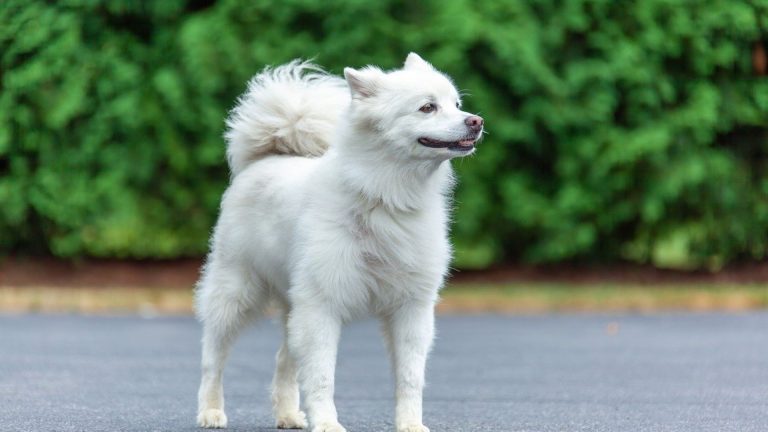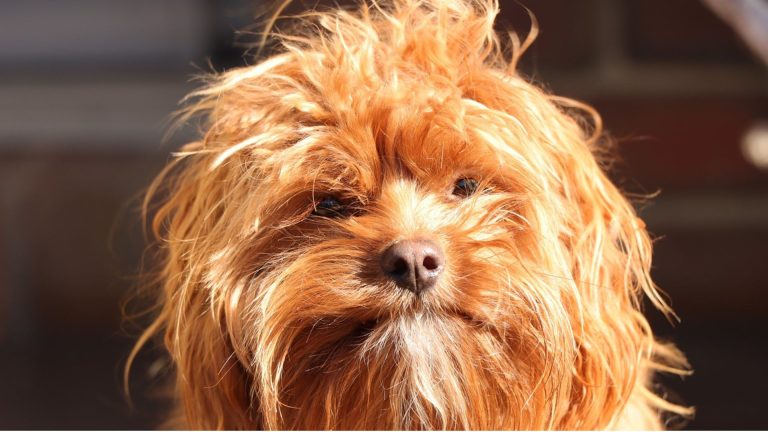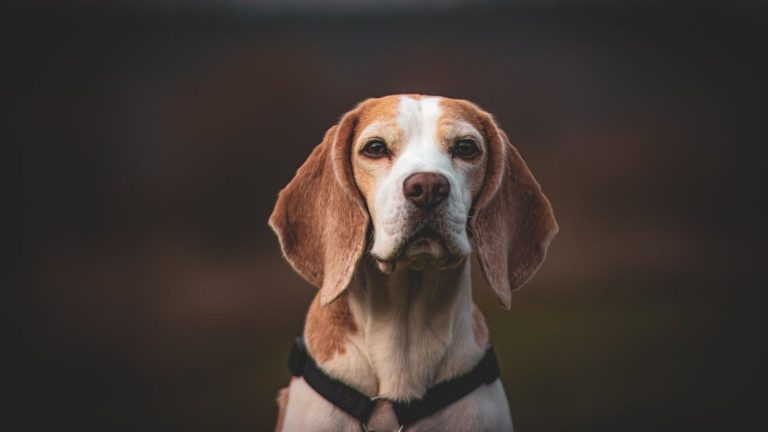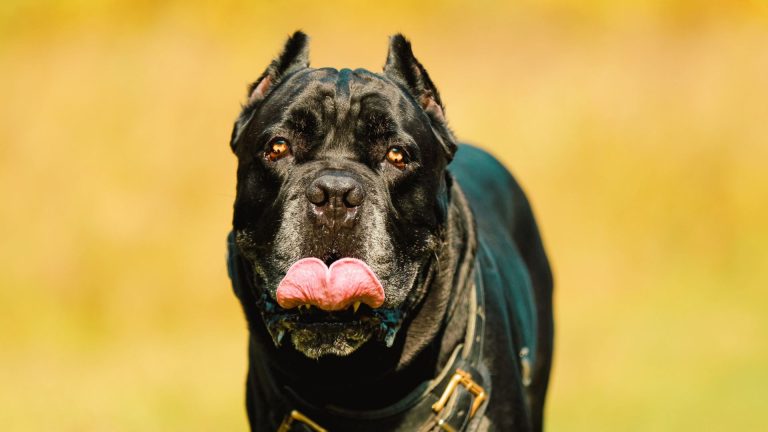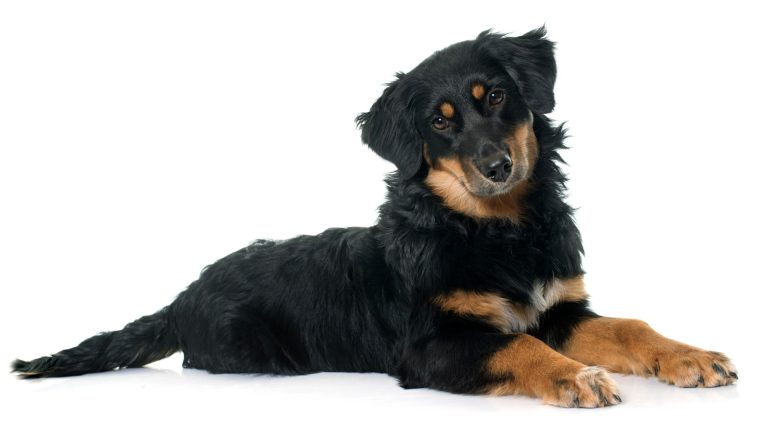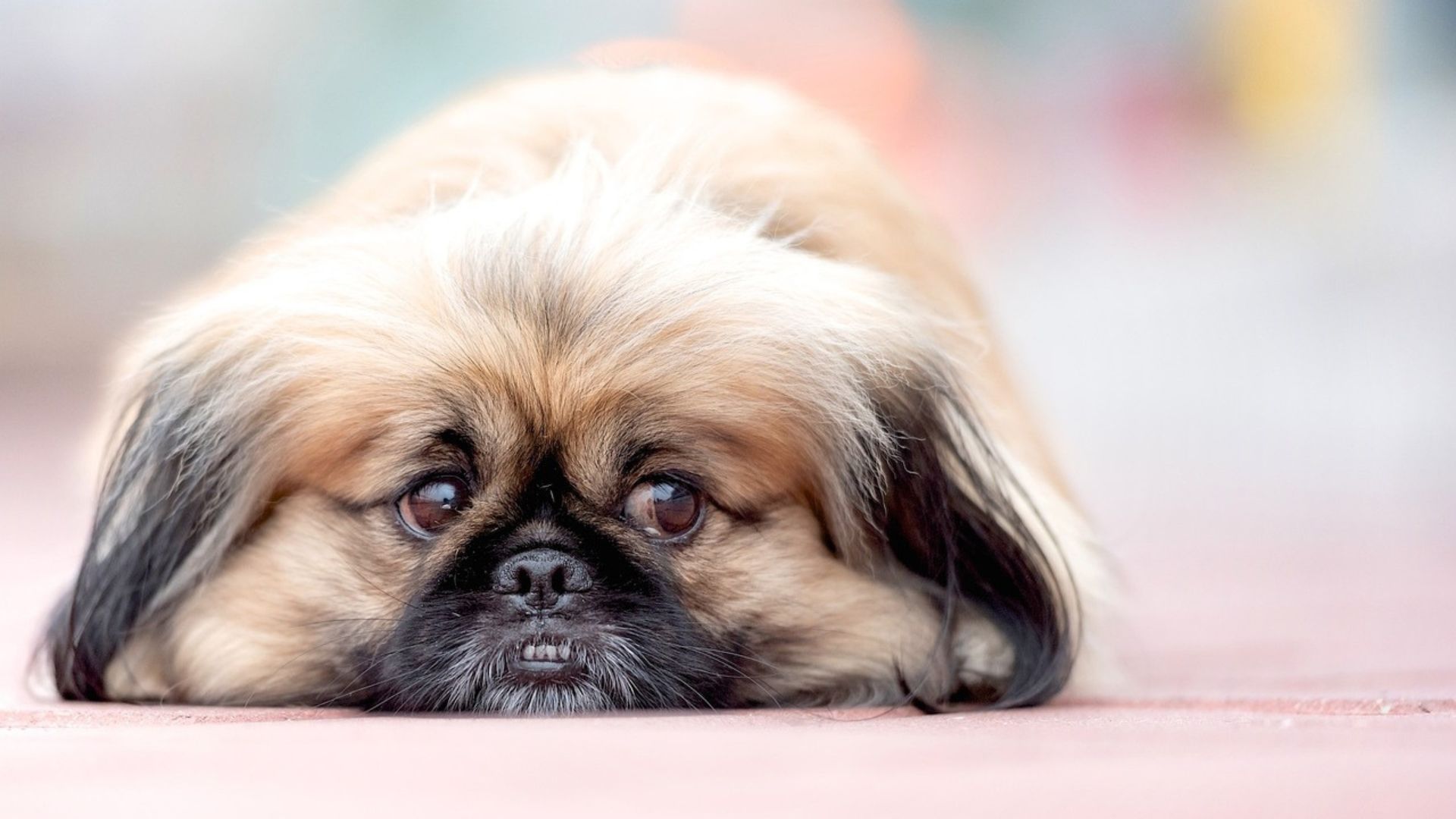
Contents
- 1 Understanding the Pekingese: Characteristics and Appearance
- 2 The Rich History of the Pekingese
- 3 The Pekingese as a Companion
- 4 Caring for a Pekingese: Grooming and Health Considerations
- 5 The Pekingese in Modern Times
- 6 Training and Socialization of a Pekingese
- 7 Pekingese: A Breed for the Right Owner
- 8 Conclusion
The Pekingese, a toy dog breed with origins steeped in Chinese history, is nothing short of a living symbol of imperial splendor. Known for its distinctive lion-like appearance and dignified demeanor, the Pekingese has captured the hearts of dog lovers worldwide.
But beyond its charming exterior, the Pekingese holds a rich history, marked by its association with Chinese royalty and its role as a revered companion in the imperial courts. This article delves into the unique characteristics, history, and care requirements of the Pekingese, offering a comprehensive look at why this breed remains a beloved choice for many.
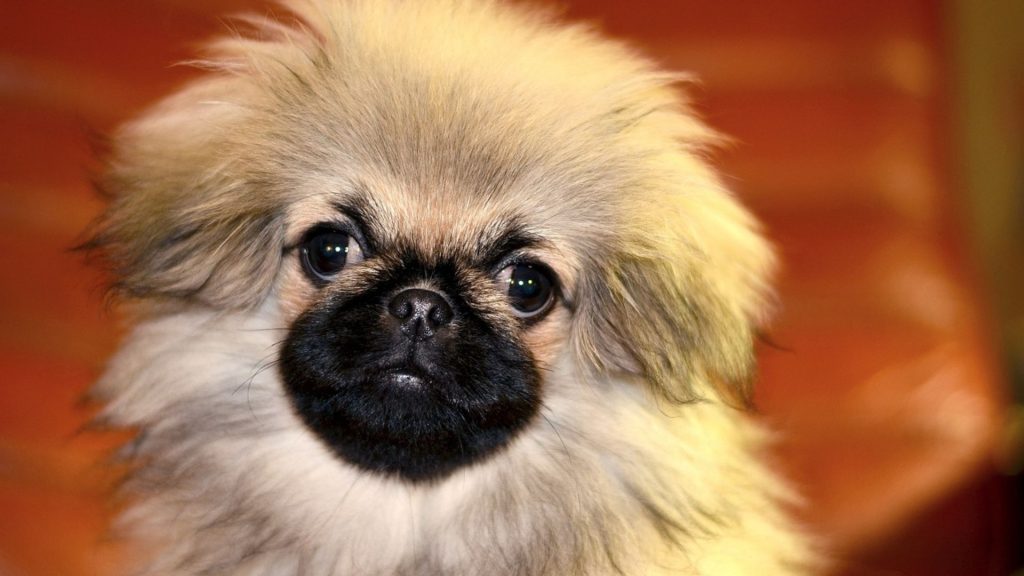
Understanding the Pekingese: Characteristics and Appearance
The Pekingese is instantly recognizable due to its striking physical features. With a flat face, short muzzle, and large, dark, expressive eyes, the Pekingese carries an almost human-like expression. Its double coat, often likened to a lion’s mane, adds to its regal appearance, with a long, coarse outer coat and a soft undercoat providing both beauty and protection.
This toy breed typically weighs between 7 and 14 pounds, standing about 6 to 9 inches tall at the shoulder. Despite its small stature, the Pekingese is surprisingly sturdy and carries itself with an air of dignity. The breed comes in a variety of colors, including fawn, black, white, and brindle, each adding to its unique appeal.
The Rich History of the Pekingese
The history of the Pekingese dates back over 2,000 years, with its origins deeply rooted in ancient China. Bred as companions for the Chinese imperial family, these dogs were considered sacred and were often referred to as “Lion Dogs” due to their resemblance to the mythical Chinese guardian lions, or Shishi.
Legend has it that the Pekingese was created by Buddha, who shrank a lion down to a small dog. This mystical connection only served to heighten the breed’s status within the royal court. The dogs were so highly regarded that they were often carried in the sleeves of Chinese nobles and were guarded closely, with only the emperor and his court having the privilege of owning them.
In the mid-19th century, during the Second Opium War, British forces invaded the Imperial Palace in Beijing and discovered the Pekingese. Several of these dogs were taken back to England as war trophies, where they quickly became a symbol of luxury and were favored by Queen Victoria. This marked the beginning of the Pekingese’s journey to the Western world, where it would eventually become a popular breed among dog enthusiasts.
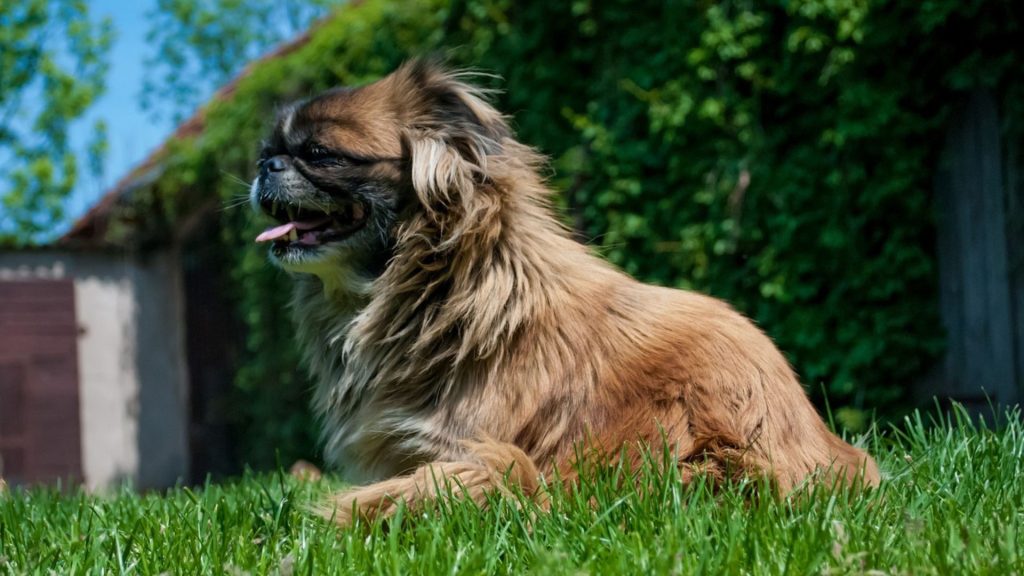
The Pekingese as a Companion
Despite its regal past, the Pekingese is a loving and devoted companion. This breed is known for its loyalty, often forming strong bonds with its owners. However, the Pekingese can be somewhat aloof with strangers, a trait that reflects its noble lineage.
Pekingese dogs are known for their independent and sometimes stubborn nature. They carry themselves with an air of self-importance, which can make training a challenge. However, with patience and consistency, they can learn to respond well to commands. It’s important to use positive reinforcement techniques, as Pekingese do not respond well to harsh discipline.
Caring for a Pekingese: Grooming and Health Considerations
Caring for a Pekingese requires attention to grooming, health, and diet. Due to their long, dense coats, Pekingese require regular grooming to prevent matting and to keep their coats looking their best. Brushing should be done several times a week, and occasional trimming may be necessary to maintain a neat appearance. Additionally, regular bathing is important to keep the coat clean and free from debris.
The Pekingese’s flat face makes it prone to certain health issues, particularly respiratory problems. This brachycephalic breed may struggle with breathing difficulties, especially in hot or humid weather. It’s important to ensure that your Pekingese does not overexert itself during playtime and that it stays cool in warm temperatures.
Other common health concerns for the Pekingese include eye problems, such as cataracts and corneal ulcers, due to their prominent eyes. Regular veterinary check-ups are essential to monitor their health and to catch any potential issues early.
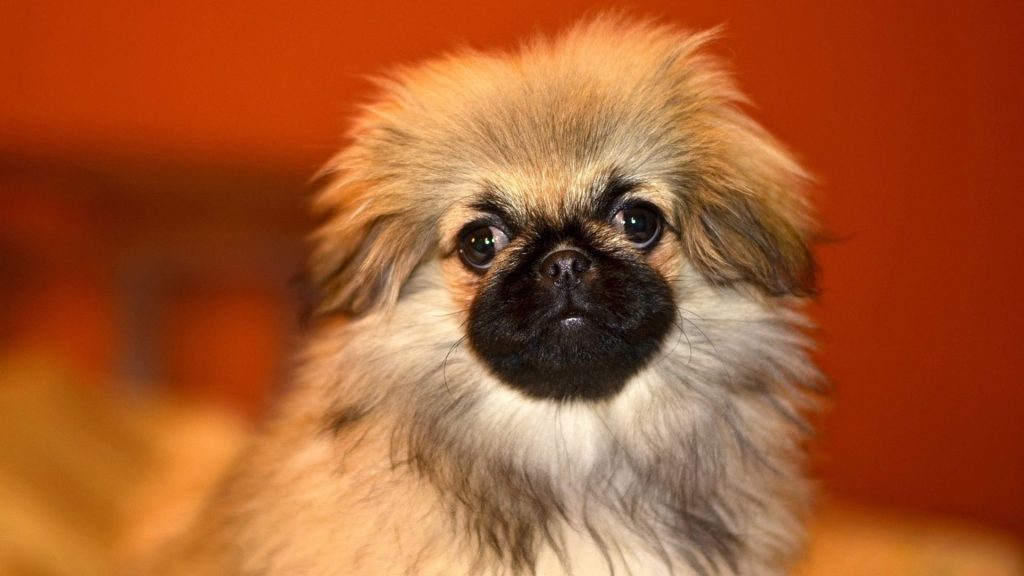
The Pekingese in Modern Times
Today, the Pekingese remains a popular breed for those looking for a small yet majestic companion. While the breed’s noble history is still a point of pride, modern Pekingese owners appreciate their dogs for their affectionate nature and their ability to adapt to various living situations, from apartments to larger homes.
The Pekingese’s small size and relatively low exercise requirements make it an ideal choice for city dwellers or those with limited space. However, it’s important to remember that despite its small size, the Pekingese has a big personality. This breed enjoys a good romp around the house and appreciates interactive playtime with its owners.
Training and Socialization of a Pekingese
Training a Pekingese can be an exercise in patience. Known for their independence, Pekingese dogs may not always be eager to follow commands. However, early socialization and training are crucial to ensure that your Pekingese grows into a well-behaved and confident adult.
Start training your Pekingese puppy as soon as possible, focusing on basic commands like sit, stay, and come. Use positive reinforcement techniques, such as treats and praise, to motivate your dog. Consistency is key, as Pekingese can be stubborn, and they may try to test your boundaries.
Socialization is equally important. Expose your Pekingese to different environments, people, and other animals from a young age. This will help them become more comfortable in various situations and reduce the likelihood of behavioral issues, such as aggression or excessive barking.
Pekingese: A Breed for the Right Owner
The Pekingese is not a breed for everyone. Due to its grooming needs, potential health issues, and independent nature, this breed requires a dedicated and knowledgeable owner who can provide the care and attention it deserves.
If you are considering adding a Pekingese to your family, it’s important to do thorough research and to understand the commitment involved. Pekingese dogs can live up to 12 to 14 years, so be prepared for a long-term relationship with your furry companion.
This breed thrives in a calm and stable environment, where it can feel secure and loved. While the Pekingese may not be as high-energy as some other breeds, it still needs regular exercise, mental stimulation, and, most importantly, plenty of affection from its owner.
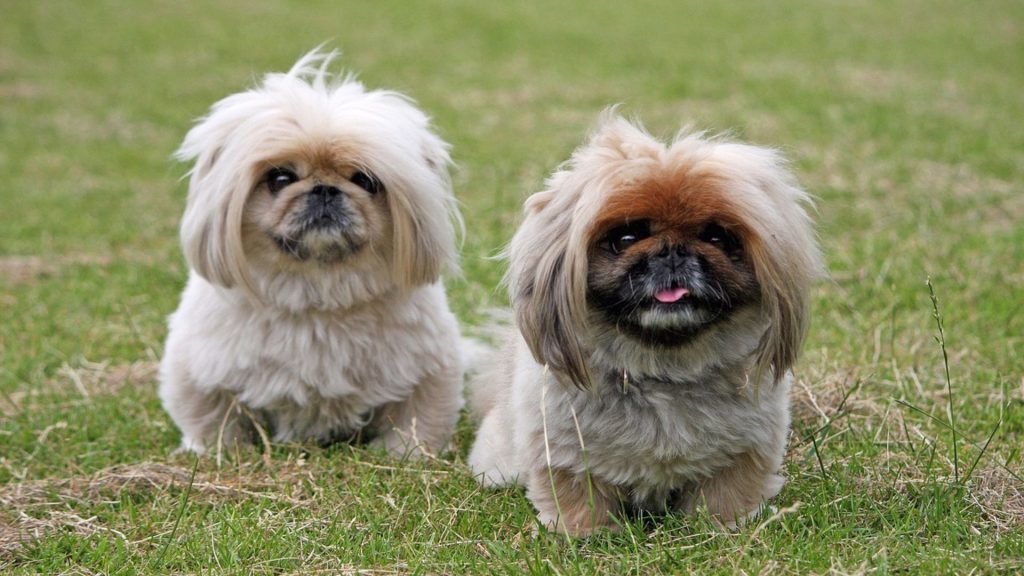
Conclusion
The Pekingese is a breed that embodies both historical significance and modern-day appeal. With its striking appearance, rich history, and loyal personality, the Pekingese continues to be a cherished companion for those who appreciate its unique qualities. Whether you are drawn to the Pekingese for its royal heritage or its endearing personality, this breed offers a lifetime of love and companionship to the right owner.
If you are ready to welcome a Pekingese into your home, remember that this little dog with a big heart will reward your care and devotion with unwavering loyalty and affection.
FAQs
What is the origin of the Pekingese?
The Pekingese originated in ancient China over 2,000 years ago and was bred as a companion for the Chinese imperial family.
Are Pekingese good with children?
Pekingese can be good with older, gentle children, but their small size and sensitive nature mean they may not be the best choice for very young children.
How much exercise does a Pekingese need?
Pekingese dogs have relatively low exercise requirements but still need daily walks and playtime to stay healthy and happy.
What health issues are common in Pekingese?
Pekingese are prone to respiratory issues, eye problems, and joint issues due to their flat faces and small stature.
How often should I groom my Pekingese?
Pekingese should be brushed several times a week and bathed regularly to maintain their coat and prevent matting.
Are Pekingese easy to train?
Pekingese can be stubborn and independent, making training a challenge. Patience and consistency are key to successful training.

Hello, I’m Donna Carter, the founder and writer behind PetFleck.com. My journey with dogs started years ago, and it’s been a passion that has only grown stronger over time. I’ve always been fascinated by the unique behaviors and characteristics of different dog breeds, and this curiosity has led me to dive deep into the world of canine studies.
My love for dogs is the driving force behind everything I do. I’ve dedicated countless hours to researching and understanding the nuances of dog care, training, and breed-specific traits. This dedication helps me create content that is not only informative but also genuinely helpful for fellow dog lovers and owners.
At PetFleck, I combine my extensive knowledge and hands-on experience with my passion for dogs to provide valuable insights and tips. Whether it’s exploring different breeds or offering practical advice on dog care, I aim to share knowledge that makes a real difference in the lives of dogs and their families.
I’m thrilled to share my love for dogs with you through my writing. I hope my articles inspire and inform, helping you to better understand and appreciate the incredible bond we share with our furry friends.
Thank you for visiting PetFleck.com, and I look forward to connecting with you through our shared love of dogs!


